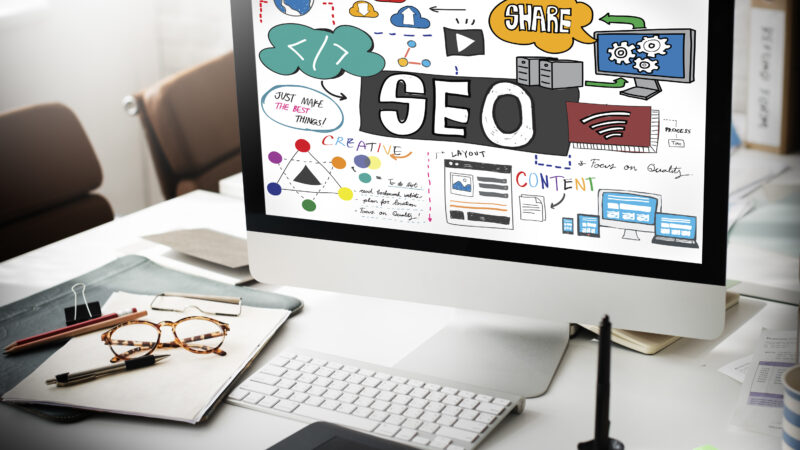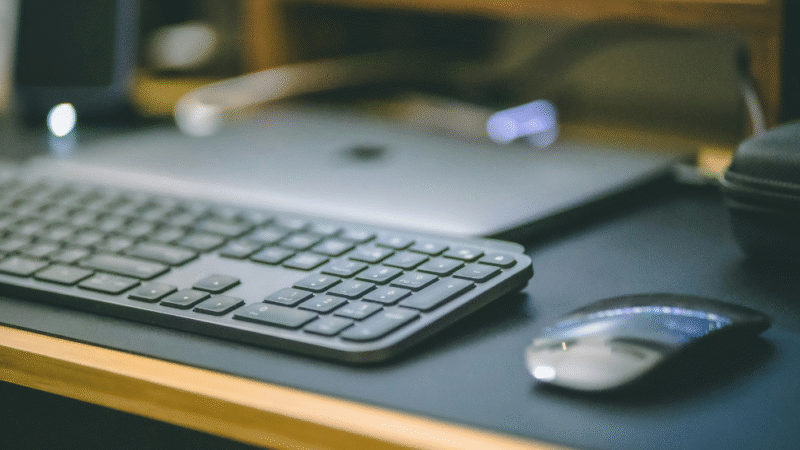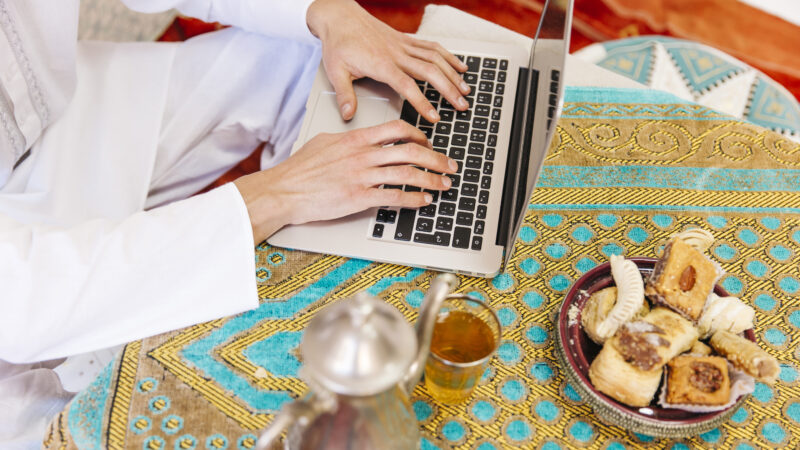Contemporary Islamic Calligraphy Art and Famous Islamic Calligraphy Artists

Islamic calligraphy is one of the most revered and cherished art forms in the world, embodying the spiritual and cultural essence of Islamic civilization. Traditionally, it was used to transcribe the holy Quran, adorn mosques, and create intricate manuscript designs. However, in the modern era, Contemporary Islamic Calligraphy Art has taken on new dimensions, merging traditional Arabic script with modern artistic expressions.
Many Famous Islamic Calligraphy Artists have played a crucial role in revolutionizing this field, incorporating innovative materials, techniques, and artistic visions to keep the tradition alive while making it more accessible to a global audience. This article explores the evolution of Contemporary Islamic Calligraphy Art, its significance, and the contributions of renowned calligraphy masters.
The Evolution of Contemporary Islamic Calligraphy Art
1. Traditional Roots of Islamic Calligraphy
Islamic calligraphy has deep historical roots dating back to the early days of Islam. The Arabic script was developed and refined over centuries, with different styles such as Kufic, Naskh, Thuluth, and Diwani emerging in different regions. Each script style had a distinct purpose—some were used for religious texts, while others adorned architecture and official documents.
During the golden age of Islam, calligraphy became the primary mode of artistic expression, as Islam discouraged the depiction of human and animal forms in religious contexts. Calligraphers were highly esteemed, and their works were considered a means of preserving and glorifying Islamic teachings.
2. Modern Influences on Islamic Calligraphy
As the world became more interconnected, Islamic calligraphy began to evolve beyond its traditional boundaries. Modern technology, abstract art, and mixed media techniques paved the way for Contemporary Islamic Calligraphy Art. Today’s artists experiment with bold colors, digital tools, and non-traditional materials like metal, wood, and glass to create innovative pieces that appeal to a global audience.
Moreover, the influence of Western abstract art, combined with traditional Arabic scripts, has led to a unique fusion that captivates both Muslim and non-Muslim art enthusiasts alike. This transformation has made Islamic calligraphy more accessible, particularly in global art exhibitions, digital media, and urban street art.
3. Digital Revolution in Islamic Calligraphy
In recent years, technology has significantly impacted the way Islamic calligraphy is created and consumed. With the rise of digital design tools and software, artists now blend traditional handwriting with graphic design elements to produce stunning calligraphic compositions. Social media platforms such as Instagram and Pinterest have also played a key role in spreading awareness about Contemporary Islamic Calligraphy Art, allowing artists to share their work with audiences worldwide.
Famous Islamic Calligraphy Artists Who Have Transformed the Art
Several contemporary artists have gained recognition for their innovative approaches to Islamic calligraphy. Here are some of the most influential figures in the field:
1. Hassan Massoudy – The Fusion of Tradition and Modernity
Hassan Massoudy, an Iraqi-born calligrapher, is widely regarded as one of the pioneers of Contemporary Islamic Calligraphy Art. His work is characterized by the seamless fusion of traditional Arabic script with modern abstract elements. He often incorporates inspirational quotes and poetry into his compositions, blending expressive brushstrokes with classical calligraphic elegance.
Massoudy’s innovative approach has made Islamic calligraphy more appealing to contemporary audiences while preserving its traditional essence. His work has been showcased in numerous exhibitions worldwide, solidifying his influence in the modern calligraphy movement.
2. El Seed – Arabic Graffiti and Urban Calligraphy
El Seed is a French-Tunisian artist who has revolutionized Islamic calligraphy by introducing it into street art and graffiti culture. He describes his style as “calligraffiti,” a fusion of Arabic calligraphy and contemporary urban art. His large-scale murals, often painted on buildings and public spaces, convey powerful messages of peace, unity, and cultural identity.
One of El Seed’s most famous projects was in Cairo’s Manshiyat Naser district, where he created a massive mural that could only be fully viewed from a particular vantage point. Through his work, El Seed bridges the gap between traditional Arabic script and modern urban art, making Islamic calligraphy relevant to younger generations.
3. Mohammed Ali (Aerosol Arabic) – Bridging Islamic Art and Hip-Hop Culture
Another artist who has significantly contributed to Contemporary Islamic Calligraphy Art is Mohammed Ali, also known as “Aerosol Arabic.” Based in the UK, Ali combines Islamic calligraphy with hip-hop culture and street art, creating visually striking murals that address social and political issues.
His work is deeply rooted in his Islamic faith, and he uses his art to spread messages of spirituality, social justice, and unity. By blending traditional Arabic calligraphy with urban aesthetics, Mohammed Ali has made Islamic calligraphy a powerful tool for contemporary storytelling.
4. Nja Mahdaoui – The Abstract Calligraphy Master
Tunisian artist Nja Mahdaoui is known for his abstract interpretations of Islamic calligraphy. His work often resembles intricate, rhythmic compositions that emphasize the beauty of Arabic script without necessarily forming legible words. This approach allows viewers to appreciate calligraphy as a purely artistic expression, independent of linguistic meaning.
Mahdaoui’s art has been featured in major international exhibitions, and he has collaborated with various institutions to promote Islamic calligraphy as a modern artistic discipline. His abstract calligraphy pieces challenge conventional perceptions of Arabic script, pushing the boundaries of what Islamic calligraphy can be.
The Growing Popularity of Contemporary Islamic Calligraphy Art
1. Islamic Calligraphy in Interior Design
One of the biggest trends in modern Islamic calligraphy is its use in interior design. Many homeowners incorporate calligraphic artworks into their living spaces, blending spiritual significance with aesthetic beauty. From canvas paintings to engraved wooden panels, Contemporary Islamic Calligraphy Art has become a popular choice for home decor, adding a touch of elegance and cultural heritage to modern interiors.
2. Calligraphy in Fashion and Branding
Islamic calligraphy has also found its way into the fashion and branding industries. Many designers incorporate calligraphic patterns into clothing, jewelry, and accessories, creating a fusion of faith and fashion. Brands have also begun using Arabic calligraphy in their logos and marketing materials, recognizing its visual appeal and deep cultural significance.
3. The Role of Online Marketplaces
With the rise of e-commerce, Islamic calligraphy has become more accessible than ever. Online marketplaces like Etsy and Instagram allow independent artists to sell their calligraphic pieces to a global audience. This digital revolution has empowered calligraphers to reach new customers and promote their work beyond traditional gallery settings.
Conclusion
Contemporary Islamic Calligraphy Art is a dynamic and evolving field that beautifully blends tradition with modern creativity. Thanks to the contributions of Famous Islamic Calligraphy Artists like Hassan Massoudy, El Seed, Mohammed Ali, and Nja Mahdaoui, this sacred art form continues to thrive in new and innovative ways.
From street murals to digital designs, Islamic calligraphy has found a place in the modern world while preserving its deep spiritual and cultural significance. As more artists experiment with new techniques and materials, the future of Contemporary Islamic Calligraphy Art looks promising, ensuring that this timeless tradition remains relevant for generations to come.



